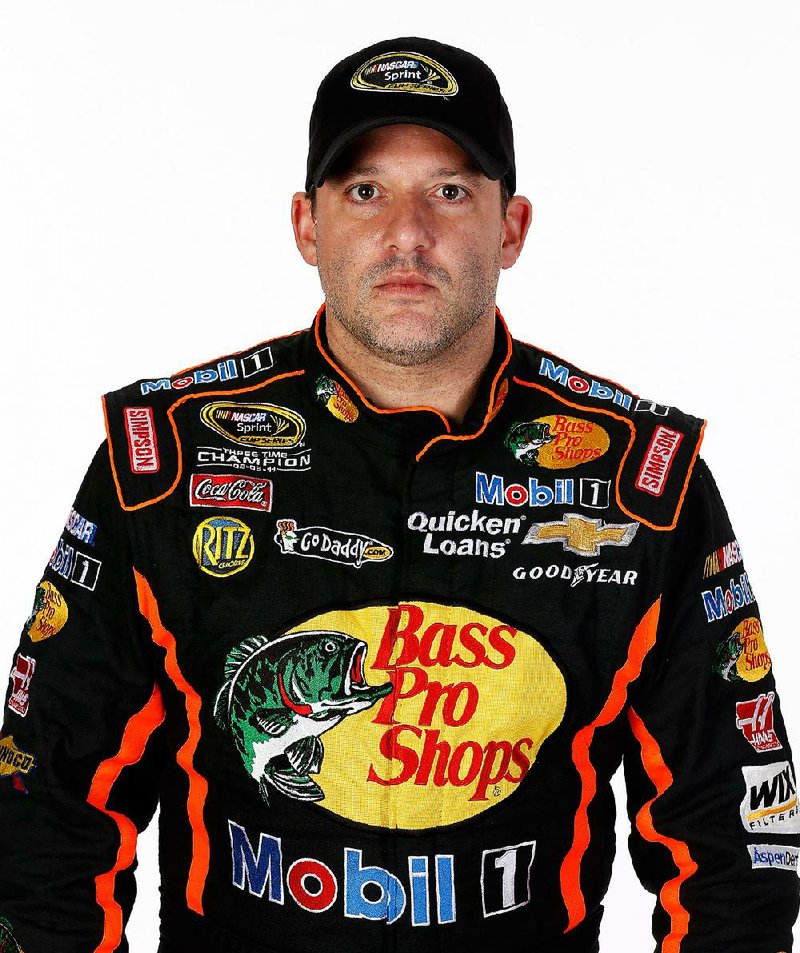Clint Elkins, co-owner of Carolina Speedway in Gastonia, N.C., said he has seen it happen hundreds of times:
An angry driver exits his wrecked race car and storms onto the track to confront the offending driver, even as cars circle the track under caution.
The dangers of that practice became tragically clear Saturday night, when a sprint car driven by NASCAR champ Tony Stewart hit and killed Kevin Ward Jr. The 20-year-old victim had walked into the middle of a New York dirt track after a wreck, apparently to confront Stewart.
Some short track owners said they're confident Ward's death will spur new safety rules.
"All of the people in the industry will try to learn from this," said Elkins, who also serves as director of track relations for Speedway Benefits, a group that helps short track owners. "I'm sure this will prompt rule changes across the board."
Racing has long had a combative culture. In 1979, during the first live national telecast of a NASCAR race from start to finish, the sport's popularity received a boost when Cale Yarborough got into a fistfight with brothers Bobby and Donnie Allison after a crash on the last lap of the Daytona 500. For decades, promoters have sought to avoid rules that take the passion and drama out of the sport.
Few tracks nationally have rules prohibiting drivers from getting out their cars and charging onto the track during a race, experts say.
But at least one short track in North Carolina is cracking down. At Friendship Speedway in Elkin, N.C., a new rule went into place 10 days ago: Drivers who set foot on the track during a race will be disqualified, unless they do so for safety reasons.
"The potential dangers far outweigh what is gained by allowing drivers to get out of their cars during competition," said Jason Atkins, who last month took over as general manager of the dirt track in Elkin. "It's a little strict. But at the end of the day, if we can help minimize the risk, we've done our job."
H.A. "Humpy" Wheeler, former president of Charlotte Motor Speedway, said he expects many race directors will soon be instructing drivers to stay out of harm's way after wrecks. Eventually, he said, the incident may lead to new rules, particularly at sprint car races.
Wheeler said he recommends that drivers exit wrecked cars and stay beside them if they're in a safe place near the edge of the track. If the car's in a dangerous spot, Wheeler said drivers should move to the inside of the track when it is safe to do so. He said this would minimize the danger of getting caught in a burning car or getting hit by other cars.
"While you don't want to take the drama out of it ... there is an answer," Wheeler said.
At Saturday night's race at Canandaigua Motorsports Park in upstate New York, the trouble started after a minor wreck.
Racing toward a turn on the half-mile dirt track, Stewart's car slid into Kevin Ward's and pushed it into the wall. Ward's car spun and bounced off the wall, placing the race under caution.
After the crash, Ward left his car, stepped quickly toward the infield and stood in the middle of the track, pointing in what appeared to be an accusatory way toward Stewart's car coming toward him.
It's the sort of scene that unfolds on Saturday nights at many short tracks around the country.
On dirt and asphalt tracks less than a mile long, more than 20 powerful cars commonly vie for position. The lighting is sometimes poor, the tracks often slippery. Cars wreck and tempers flare. And screaming fans often urge drivers to get revenge on competitors who have tangled with them.
But in New York, the scene turned deadly.
As Stewart approached Ward, his car appeared to speed up. Then the right of Stewart's car, possibly his rear tire, hit Ward, knocking him several yards down the track. Ward was pronounced dead on arrival at F.F. Thompson Hospital in Canandaigua, N.Y.
The Ontario County Sheriff's office is investigating the crash. Monday, Sheriff Philip Povero said there is no evidence so far to file criminal charges against Stewart. He said his department is looking at new video of the crash and interviewing more witnesses.
Racing's angry confrontations aren't limited to short tracks.
At a 2005 NASCAR race in New Hampshire, Robby Gordon showed his displeasure with Michael Waltrip after a wreck. Walking out in front of the other cars as they circled under caution, Gordon hurled his helmet at Waltrip's car.
Stewart has had a history of confrontations. In 2012, he walked onto a track and threw his helmet at driver Matt Kenseth.
"Helmet throwing is kind of a NASCAR sport," Wheeler said. In Gordon's case, he said, "It's a wonder he lived through that."
A NASCAR spokesman said no one was available Monday to discuss whether safety changes would likely result from Ward's death.
But some in racing circles say the time is ripe for change.
"The last thing we want is to take the emotion and passion out of the sport," Elkins said. "But at the same time, we have to keep it safe."
Sports on 08/12/2014

